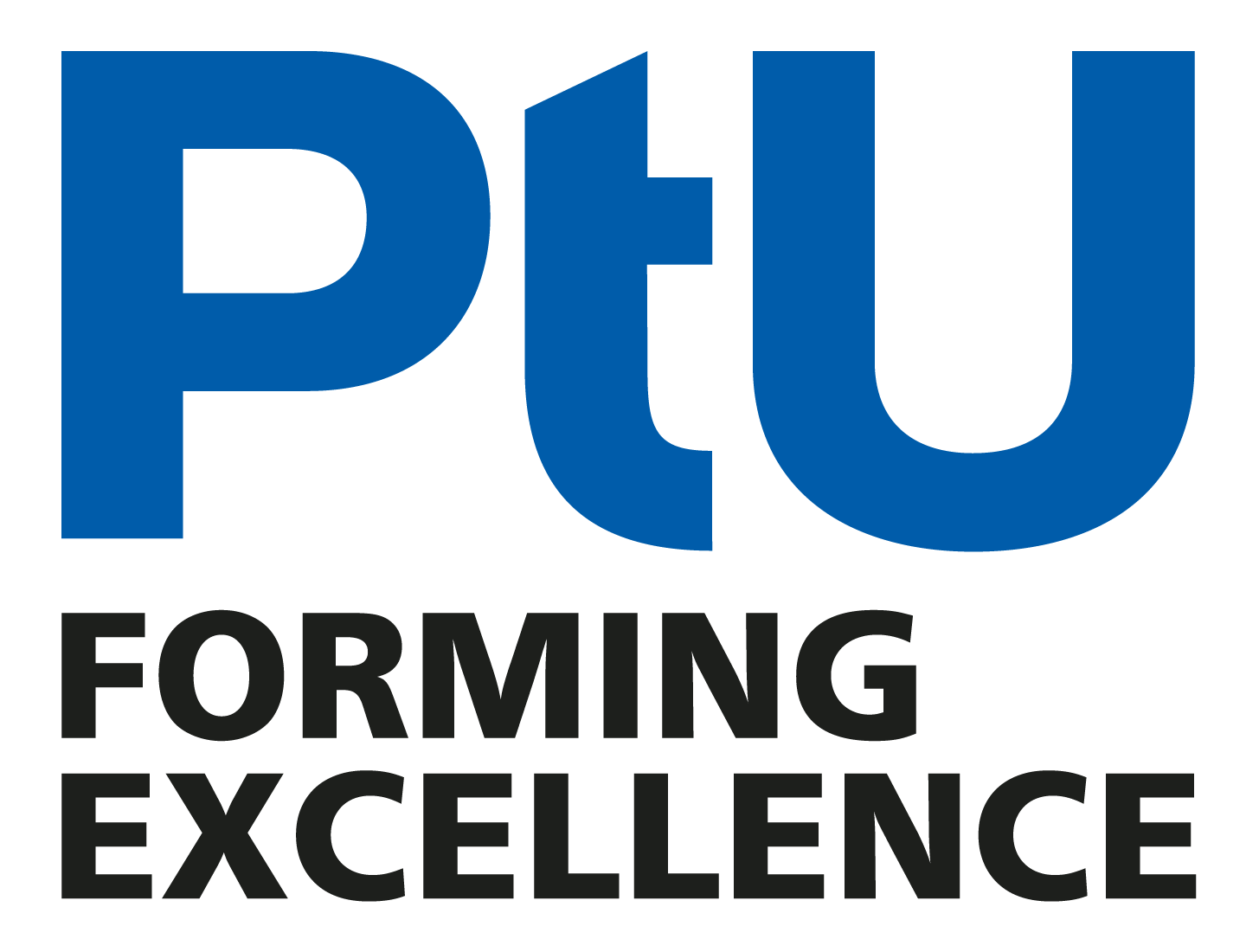Untersuchung des Einflusses des Drehvorschubwinkels auf die Bauteilqualität
Investigation of the influence of the rotary feed angle on component quality
Bachelorthesis
Rotary swaging enables the efficient production of rotationally symmetrical components with considerable material savings, making it ideal for future shaft production.
The rotary swaging process has so far been designed purely on the basis of experience, which makes it competitive almost exclusively for medium and large series. A process-critical parameter here is the rotary feed angle – a relative parameter consisting of the rotational speed of the workpiece and the feed rate. If the turning feed angle is too low, spiralling occurs (= poor surface quality, fig.2) and if the turning feed angle is too high, the process time increases.
In this thesis, different material parameters (material, geometry, etc.) and process parameters (tool geometry, infeed, feed rate, etc.) are to be varied and the influence of each of these on the turning feed angle identified.
The aim of the thesis is to find the optimum turning feed angle for different process parameter combinations.
Research method
Experimental



